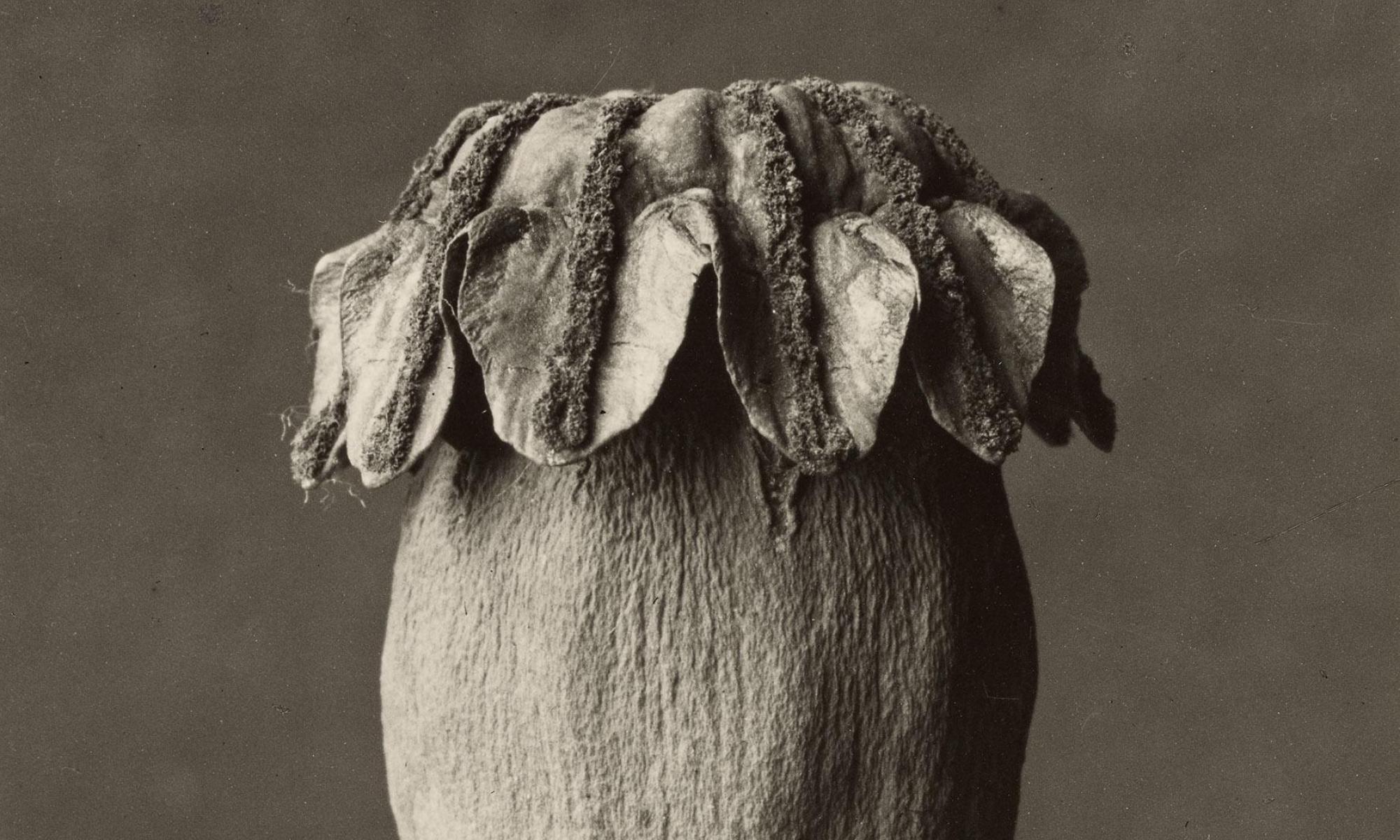The Blazing Black Hole
In Walter Benjamin’s Arcades Project, the ‘convolute’ on ‘Photography’ opens with the following quote from a 19th-century vaudeville about King Dagobert of the Merovingian dynasty:
If one day the sun should sputter out,
’Twill be a mortal who rekindles it. [1]
Those who may illuminate the world are not gods or kings, but photographers. However, this suggestion is not to be confused with a mythic history of humankind’s march towards perfection, of its enlightened elevation to the height of the Sun. On the vaudevillian stage, such industrious divinations partake in their own parody. The order of photography does not deal in teleological myths of progress but in the catastrophe of death as it necromantically returns in the photograph. History is not marked by monuments to victory but by a cemetery in a darkroom, produced by automatons. In the eye of the camera lens, light is engulfed by a gaping black hole. To fly towards the Sun is to plunge into the darkest night.
[1] Laurencin and Clairville, Le Roi Dagobert à l'exposition de 1844, Théâtre du Vaudeville, 1844, quoted in Walter Benjamin, The Arcades Project, Howard Eiland and Kevin McLaughlin (trans.), Belknap Press, Cambridge, Mass., and London, 1999, p. 671.
Title Image:
Karl Blossfeldt
Papaver orientalis [detail], 1928–32
Gelatin silver print
25.9 × 19.4 cm
Digital image courtesy of the Getty's Open Content Program

